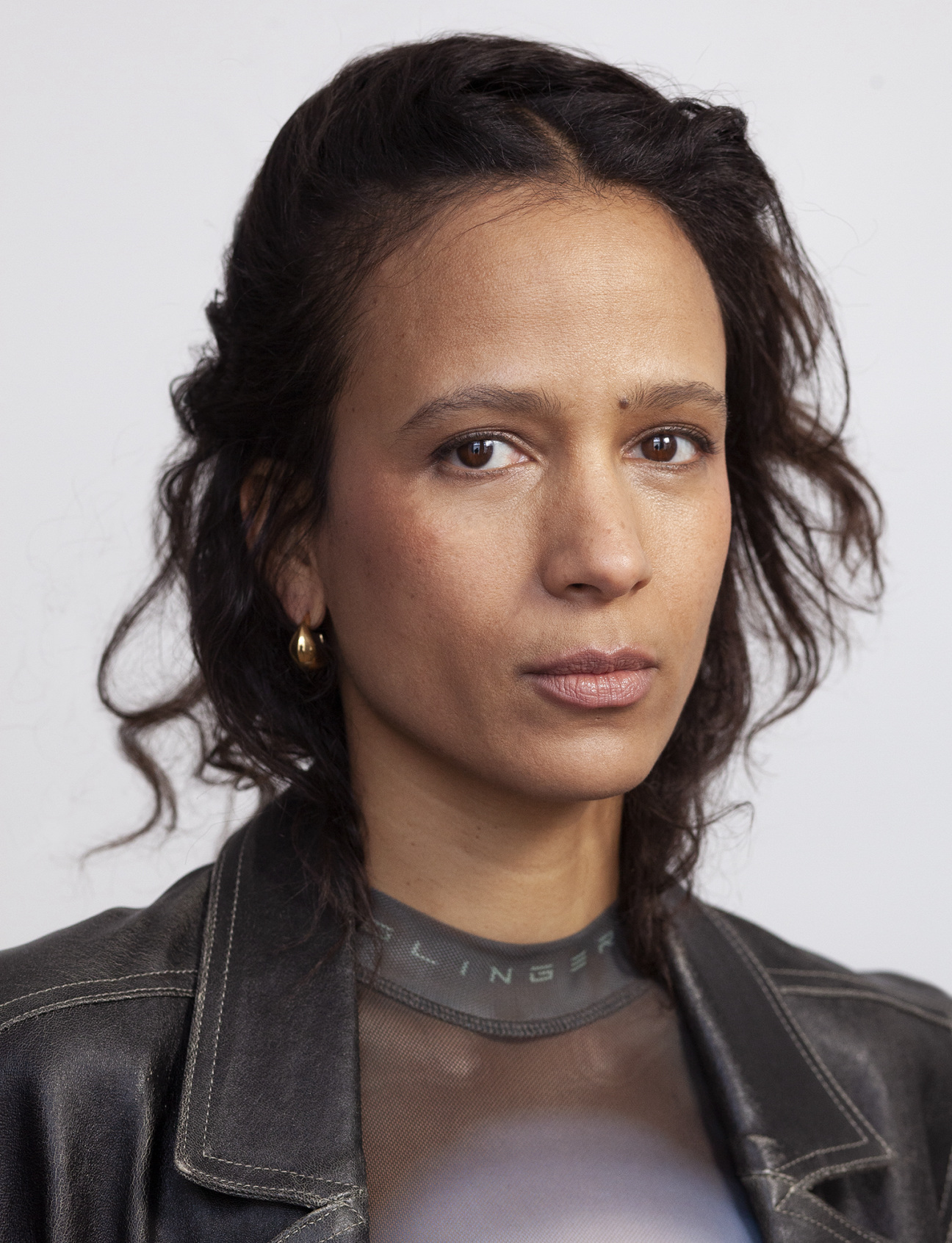
For years, French-Senegalese filmmaker Mati Diop dreamed of a feature that would address the weighty topic of cultural repatriation. Over Zoom, she explains that she saw it as “this journey of return from the perspective of the treasures.” The main character would be an African mask, and the film would follow it over centuries—beginning with its theft by the French Empire in the 1800s and culminating in its homecoming in the distant future.
Then, in 2021, France announced it would return 26 artifacts to Benin (out of the more than 7,000 pieces taken from the African kingdom of Dahomey), and Diop changed her plan.
The time Diop had spent planning laid the conceptual groundwork for what would become Dahomey, her docufiction out in theaters this month. “It's because I had this feature in mind that, in the two weeks between when I found out [about the artifacts’ repatriation] in the press and the day of their departure, I was able to prepare … I already had a very clear point of view,” she recalls. Instead of a mask, Dahomey’s protagonist is “26,” a striking statue of King Ghezo, who ruled the West African kingdom until the mid-1800s. The film charts the process of 26 and the other pieces being packed up at the Musée du Quai Branly – Jacques Chirac in Paris, making their ocean voyage to Benin and going on display in the presidential palace. Throughout the journey, 26 muses about his experiences in a voiceover written and narrated by Haitian poet Makenzy Orcel.
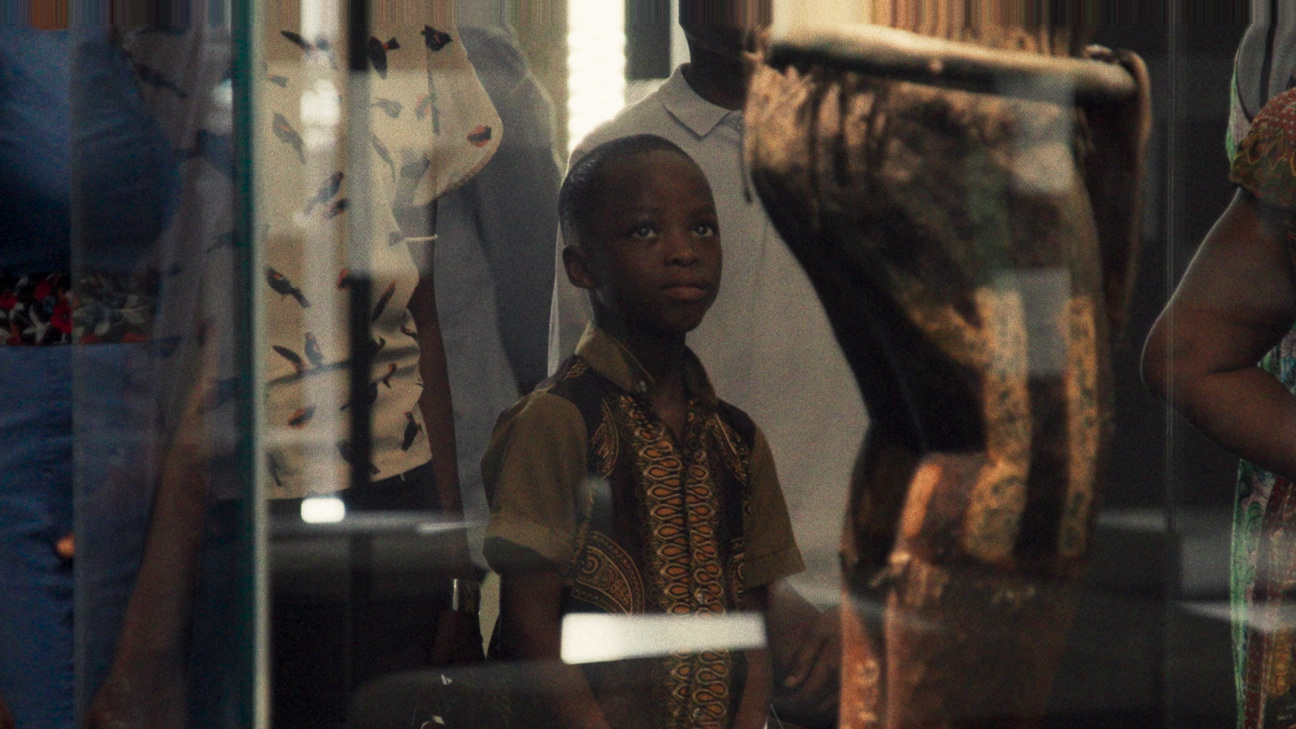
Diop comes from a family of artists. She’s the daughter of French photographer and art dealer Christine Brossard and Senegalese musician Wasis Diop, and her uncle is the renowned filmmaker Djibril Diop Mambéty, whom Diop never met but names as an influence. Subjects of diaspora, hybrid cultural heritage, and the fraught mixture of post- and neocolonialism figure prominently in the Paris-born filmmaker’s oeuvre. She came to prominence as a director with her feature debut, the 2019 Cannes Grand Prix winner Atlantics, in which the ghosts of Senegalese migrants lost at sea return to Dakar. A similarly haunting ethereality pervades Dahomey. 26 murmurs, “There are thousands of us in this night. We all bear the same scars,” and wonders if his homeland will recognize him—or he, it.
The filmmaker charts this odyssey with a visual inventiveness that’s all the more impressive in the light of the short window within which she and her crew had to prepare to shoot. But prepare they did: “I don't believe in improvisation,” she reasons, “unless you’re ready enough and have thought hard enough to react.” One detail that immerses the audience in the artifacts’ perspective is the way the camera is enveloped in darkness as the shipping crate they’re packed in is nailed shut, followed by light flooding in when it’s reopened. “It felt obvious to try it,” Diop recalls. “You never know if it's going to look ridiculous in the editing room, but I was happy to see that it worked.”
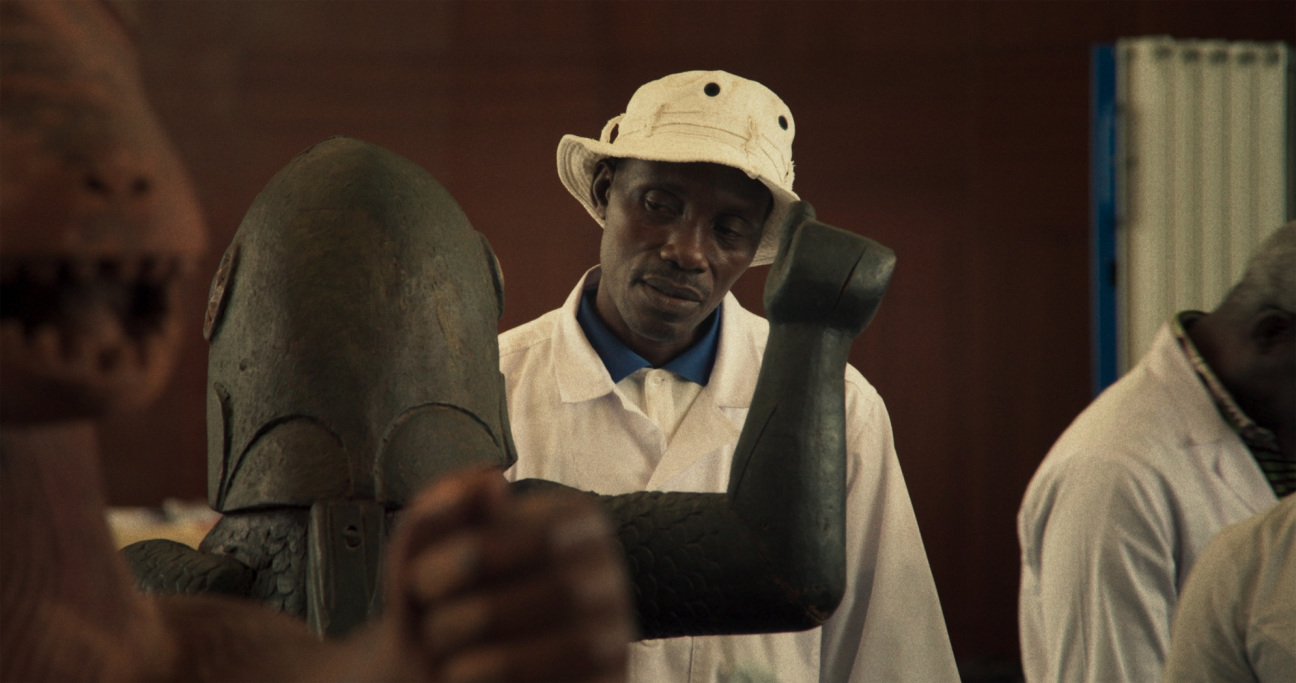
Dahomey adds to a growing dialogue around postcolonial restitution. After the artifacts’ homecoming, the movie turns to a debate on the subject among Beninese college students. “I think this topic has been taken hostage by the political sphere. It needed to be grounded in a more social [context],” Diop explains. “My assistant director Gildas [Adannou], himself a young Beninese filmmaker, introduced me to dozens [of students], and I gathered around 10 of them. Some of them are experts, but others have never expressed themselves on the topic. I made sure their points of view were very different because I wanted to capture the complexity of restitution.”
Diop is satisfied with how her artistic pivot turned out, explaining that Dahomey “literally became the home” for the ideas she’d developed for her epic mask film. She’s spoken elsewhere of how she “felt it was [her] duty” to capture the process of repatriation. This feeling was particularly acute because, as she recounts, the Beninese government “did not seem ready to document anything.” Part of the process of negotiating access to the artifacts was ensuring the film would remain “an independent art piece.” That creative freedom allows Dahomey to interrogate the subject’s many reverberations and not merely celebrate the return, which is why the production facilitated the student forum. “I wanted the debate to bring more questions than answers.” That sense of restless intellectual probing is consistent across Diop’s work—and one of the many factors that make her one of the most exciting filmmakers on the international scene.

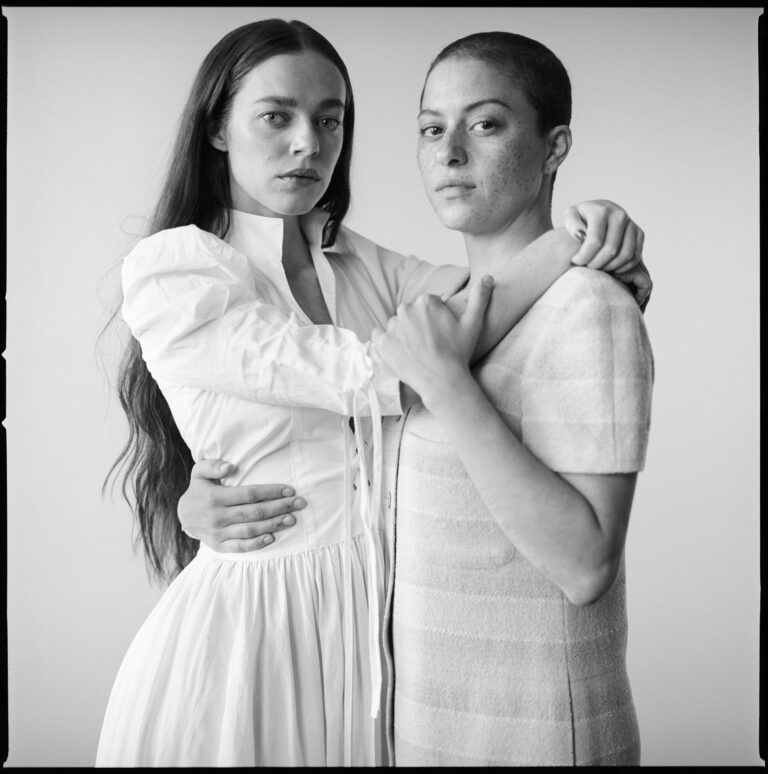


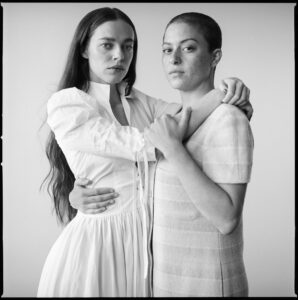

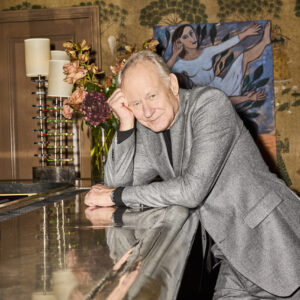



 in your life?
in your life?

